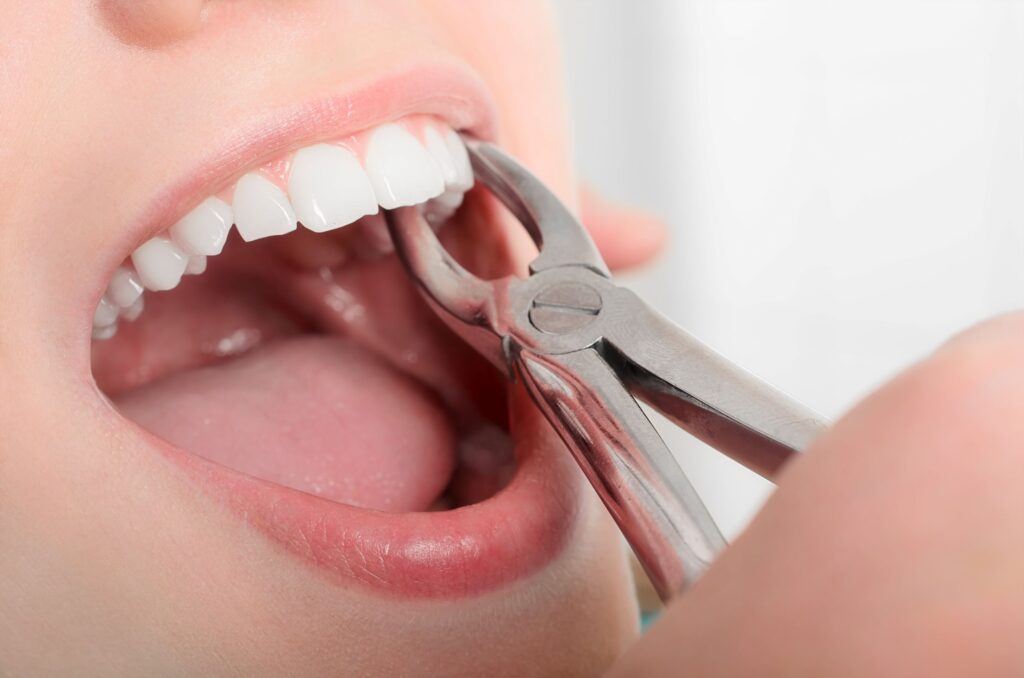If you have a severely damaged or decayed tooth that throbs, you might expect your dentist to suggest an extraction and replacement to preserve your smile. However, if they’ve just recommended a removal and you’re not currently experiencing pain, it’s natural to wonder whether the procedure is necessary.
The truth is that there are several reasons you may need to have a tooth extracted, even if it’s not feeling achy or inflamed. Continue reading to learn about 3 of them for a better idea of why it’s sometimes necessary!
Cause #1: Tooth Decay
Cavities occur when bacteria work with acids from your food to wear through your enamel. Once the structure is compromised, it’s easy for germs to penetrate the tender nerves and pulp inside to cause an infection. This is often the culprit behind sudden or persistent toothaches, but discomfort isn’t a prerequisite. If the nerves are damaged enough, they’ll die altogether and can no longer send pain signals to your brain, so you might not even know there’s an issue.
Although sometimes a root canal can clear away infected materials to preserve your natural tooth, it’s often better to get rid of the culprit before the decay can spread to neighboring teeth or affect your gums and jawbone.
Cause #2: Orthodontics
Another common reason teeth are removed is to make enough space for orthodontic treatments to succeed. If your teeth are pressed so closely together that they overlap, they’re considered overcrowded. This often happens because the shape of the human jaw has changed over time, becoming smaller and rounder to accommodate evolutionary shifts in our diet and lifestyles. That means there’s not as much room as there used to be for your teeth to fit comfortably.
As a result, many patients must have one or more teeth extracted to make enough space in their mouths for their pearly whites to be shifted into their proper places.
Cause #3: Gum Disease
Did you know that the number one leading cause of tooth loss in adults is periodontitis? This advanced form of gum disease occurs when bacteria infect your gums, periodontal ligaments, alveolar bone, and other structures surrounding your teeth. The earliest form, gingivitis, can often be prevented and reversed with a more dedicated at-home dental hygiene routine. However, once it progresses to a certain point, your connective tissues pull away from your enamel in an effort to escape the disease. This leaves your teeth without the firm foundation they need to remain in place.
If you have a loose or wobbly adult tooth, there’s a chance that a splint or other solution can stabilize it long enough to reintegrate with your jaw, but many patients require extraction and replacement.
About the Author
Dr. Jennifer Pham has 10+ years of experience helping people improve their lives by building happy, healthy smiles. She earned her Doctorate of Dental Medicine at Temple University School of Dentistry and participates in ongoing training at the renowned Las Vegas Institute of Neuromuscular and Restorative Dentistry and other prestigious institutions. She combines art and science to customize treatment plans to meet your unique needs, whether you need basic preventative care or have a problematic tooth that must be removed. You can request an appointment on the website or call (703) 666-3867.

